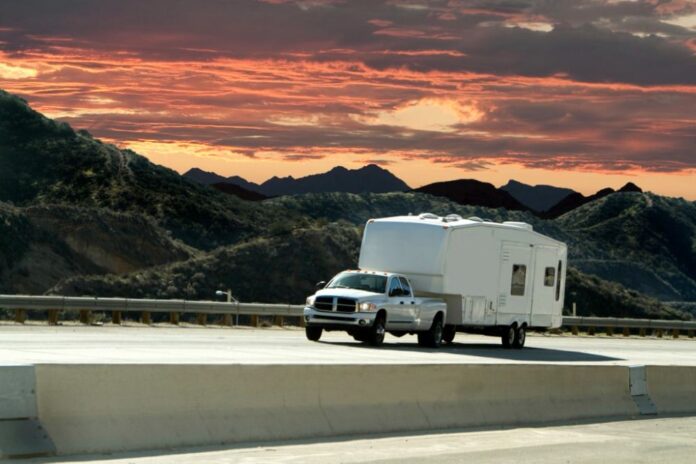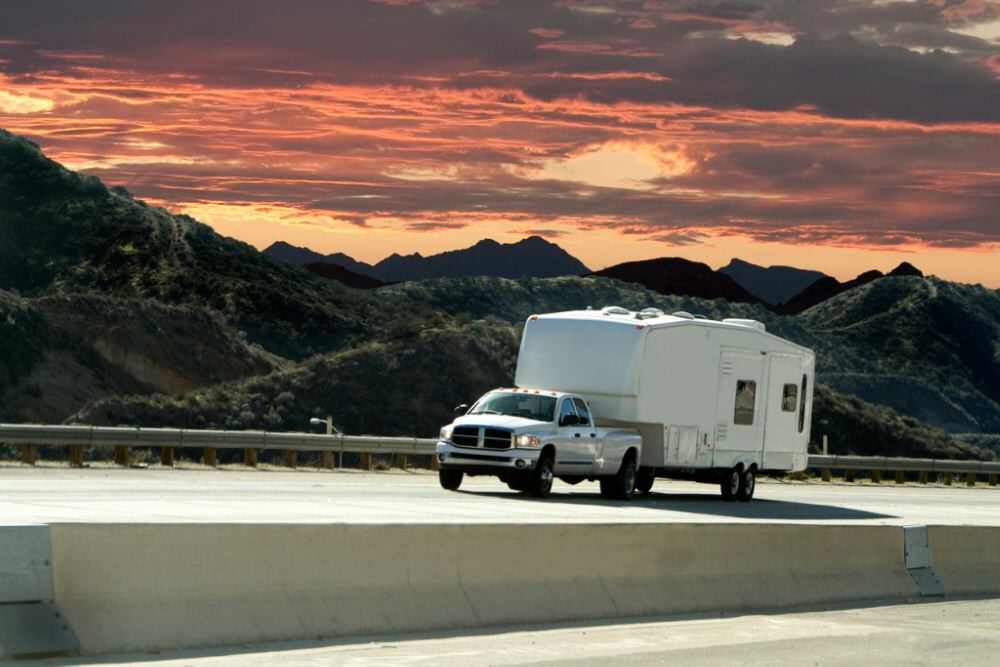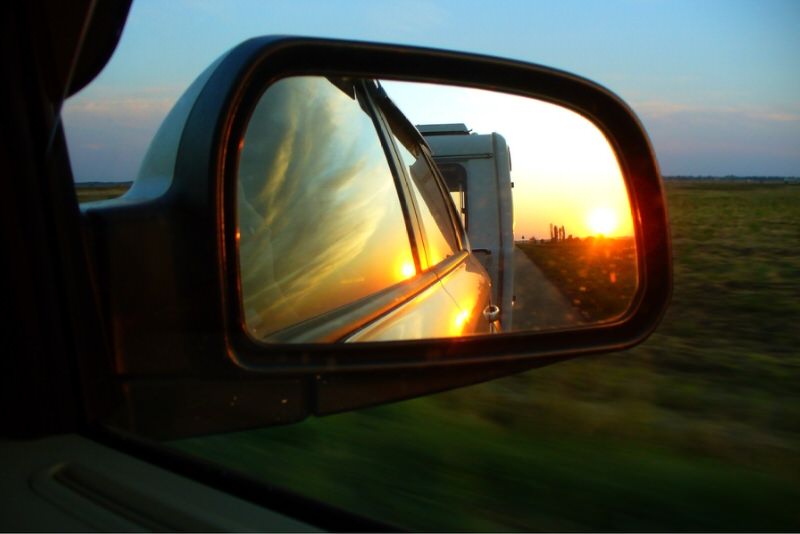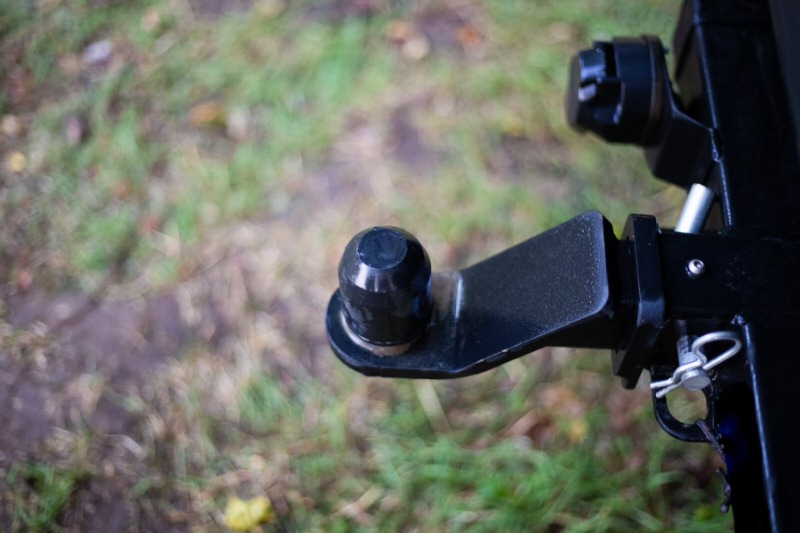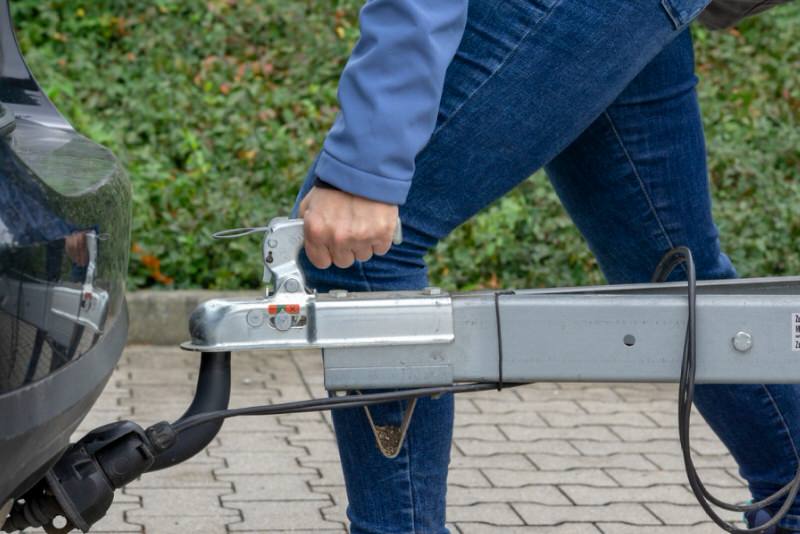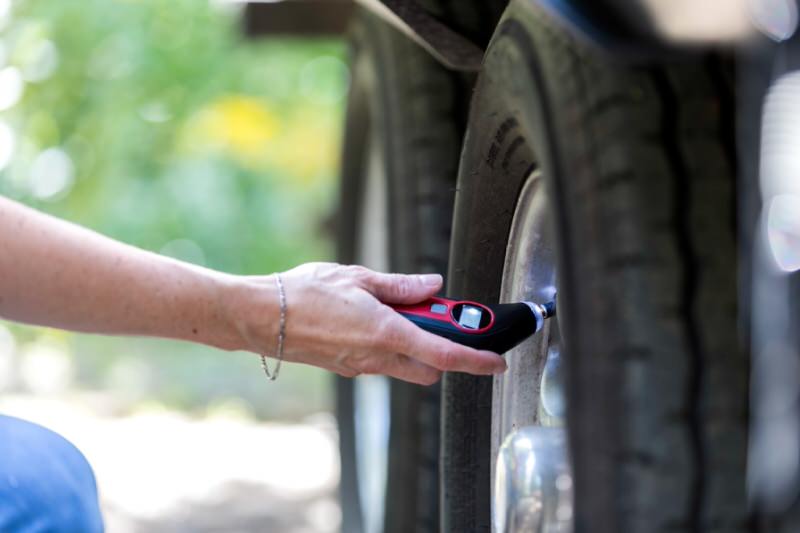Photo by MCCAIG via iStock
So, you’ve bought or rented a travel trailer and now comes the big task – learning how to tow a trailer.
Though it might seem a little intimidating or overwhelming, with some preparation and practice, towing a trailer can actually be quite easy. The key words here are “preparation” and “practice.” You can’t just jump into your truck and take off!
In the first of two articles on this topic, we’ll discuss the first steps you need to take to prepare for towing a trailer – a trailer towing checklist, if you will. We’ll get to additional tips on what you need to do on the road to tow a trailer safely in part two of this series.
Let’s get started!
Make Sure Your Vehicle Can Manage Towing the Trailer
Photo by Yana Boiko via iStock
If you have a 30-foot bumper pull trailer with a dry weight of 7,000 pounds, you aren’t going to be pulling it with your Honda Odyssey…
If you overextend your tow vehicle with a trailer that’s too heavy, you are putting yourself at risk. Not only will it tax your vehicle’s engine, but braking will also be an issue. Never exceed the towing capacity of your vehicle!
Towing capacity refers to the maximum weight your vehicle can safely tow. It is a figure that is determined by a variety of factors, including the Gross Vehicle Weight Rating (GVWR), the Gross Axle Weight Rating (GAWR), and the Gross Trailer Weight (GTW), among other factors.
If you’re unsure of your vehicle’s maximum towing capacity, refer to the owner’s manual or look on the driver-side door jamb. It should be listed in one or both places.
Trailer Towing Checklist: Get the Right Receiver Hitch
Photo by Natalia Kokhanova via iStock
If your vehicle is already equipped with a receiver hitch, you’ll need to know what class of hitch it is before hooking up your trailer. The same goes for buying a new receiver hitch, as there are many different classes of receiver hitches, each with a different maximum Gross Trailer Weight (GTW) rating.
The lowest-rated receiver hitch is a Class I. It’s rated up to 2,000 pounds GTW and is intended for use on compact cars. Compare that with a Class V hitch that has a GTW of up to 20,000 pounds and is typically used on one-ton trucks.
Getting the right receiver hitch should be high on your trailer towing checklist. Doing so can help you maximize how much you can tow. This doesn’t mean that putting a Class V hitch on your Toyota Prius will enable you to tow 20,000 pounds, though.
When towing, you have to consider the lowest maximum weight rating among all the towing components (of which there are many). So, for example, if you have a one-ton truck that can tow 15,000 pounds, but you have a Class V hitch that can accommodate up to 20,000 pounds, you should still not exceed the 15,000 pound limit of your truck as it’s the lower figure of the two.
You have to consider the weight ratings of the other components in the towing system as well. For example, if you have a trailer ball with a rating of 5,000 pounds, that’s your maximum towing capacity – even if every other component is good for 10,000 pounds. So, in that scenario, if you want to tow more weight, you’d need to invest in a heavier-duty ball.
Learn More:
Make Sure Everything is Hooked Up Correctly
Photo by gabort71 via iStock
To ensure a safe towing experience, our trailer towing checklist includes hooking up your tow vehicle and the trailer correctly. This includes:
- Checking that the ball mount is secured to the receiver hitch and that the hitch pin is in place with the clip in place so the pin cannot come out.
- Checking that the trailer coupler is securely mounted on the hitch ball and that the locking mechanism is fully closed and secured with a clip.
- Checking that the trailer’s primary landing gear is in the full up position and that the stabilizer jacks on the trailer are also in the full up position.
- Checking that the safety chains are connected to the tow vehicle. It’s good practice to cross the chains, connecting the left chain from the trailer to the right side of the hitch and the right chain from the trailer to the left side of the hitch.
- Checking that the wiring harness is fully seated in the receiver on the bumper of the tow vehicle. Turn on the vehicle’s headlights to ensure the running lights on the trailer are working. Also test the blinkers, brake lights, and hazard lights so you know the trailer’s lights are in working order. If your vehicle has an electronic trailer brake, the wiring harness is what will communicate from the vehicle to the trailer to engage the trailer brakes.
Photo by Onfokus via iStock
Also check the trailer’s tire pressure and inflate or deflate them as needed. It’s prudent to make sure all the windows are shut, the doors are locked, and the storage bay doors are shut and locked as well. If your trailer has an awning, make sure the arms are securely in place by gently pulling on them.
Walk around the vehicle and the trailer to check for any obstacles in the way. This includes removing the chock blocks and any leveling blocks that were used when parking the trailer.
Trailer Towing Checklist: Load the Trailer Properly
Photo by stockstudioX via iStock
The last step before you actually put your vehicle in drive and pull away with your trailer is to make sure you load the trailer properly.
First of all, the trailer will have a cargo carrying capacity that should never be exceeded. Doing so puts your vehicle in danger of being unable to tow the trailer and stop the trailer effectively.
Secondly, when loading the trailer, the weight needs to be distributed equally from side to side. This will help the trailer stay balanced on the road and will give you an improved towing experience.
Lastly, put about 60 percent of the cargo weight toward the front of the trailer. This will help ensure that the trailer has weight pushing down on the trailer tongue and onto the hitch and will also help reduce the likelihood that the trailer sways as you’re driving down the road.
So, with these tasks checked off your list, you’re ready to tow!



